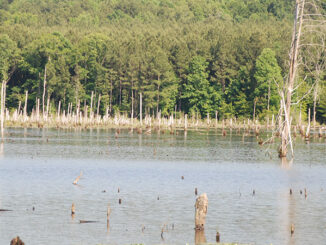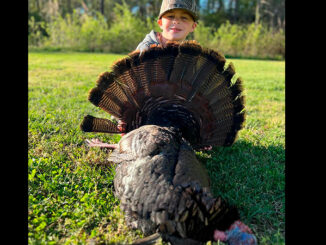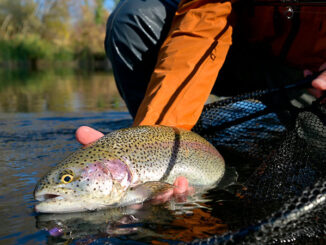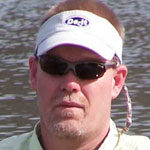Going public for waterfowl
Most hunters tend to call too much, resulting in spooky public land ducks. (Photo by Phillip Gentry)

Kayak anglers can have a field day when fishing in ponds and small lakes, but gaining access can be tricky. […]

Silas Fuller 5-years-old, killed his first bird opening morning while hunting with his dad, Martin Fuller. […]

Using multiple rigs can be effective for catching trout, as well as numerous other species of fish. […]

Copyright 1999 - 2024 Carolina Sportsman, Inc. All rights reserved.
Be the first to comment